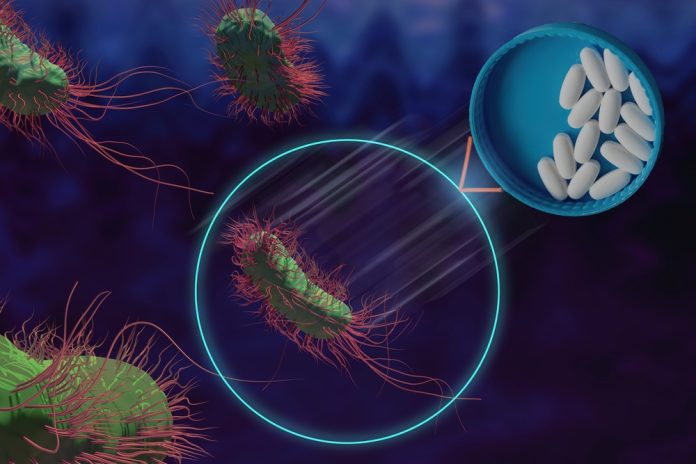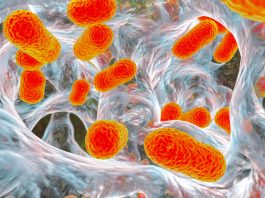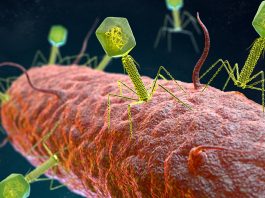Antibiotic-resistant bacteria are a mounting global crisis, endangering public health and complicating treatments for once-manageable infections.
As antibiotic resistance spreads, medical procedures like organ transplants and cancer therapies face increasing risks.
In a groundbreaking study conducted by researchers from Chalmers University of Technology, the University of Gothenburg, and the Fraunhofer-Chalmers Centre, artificial intelligence (AI) has been harnessed to predict and track antibiotic resistance with unprecedented accuracy.
The growing threat of antibiotic resistance
Antibiotic-resistant bacteria are a growing global concern, posing a significant threat to public health.
As bacteria evolve to resist antibiotics, infections that were once easily treatable, such as pneumonia and blood poisoning, become life-threatening.
The World Health Organization (WHO) has identified antibiotic resistance as one of the most pressing challenges in modern medicine, complicating medical procedures like organ transplants and cancer treatments.
A key driver behind this rapid spread is bacteria’s ability to exchange genes, including those that make them resistant.
This genetic transfer allows resistance to spread quickly among bacterial populations, making infections harder to control and treat.
AI model predicts antibiotic resistance
The research has leveraged AI to understand better and predict the development of antibiotic resistance.
Scientists have trained an AI model on vast amounts of genetic data, allowing it to identify patterns in bacterial evolution.
By analysing nearly a million bacterial genomes, the model reveals crucial insights into how and where resistance genes are transferred.
Where and how resistance spreads
The study highlights that antibiotic resistance primarily emerges in two key environments: wastewater treatment plants and the human body.
These locations serve as hotspots where bacteria-carrying resistance genes frequently interact, often in the presence of antibiotics, accelerating gene transfer.
Another critical finding is that resistance is more likely to spread between genetically similar bacteria. When bacteria acquire new genes, they must expend energy to integrate and use them.
However, if the new genes come from a similar bacterial strain, the adaptation process is more efficient, reducing the energy cost and increasing the likelihood of resistance spreading.
AI’s role in combating resistance
To validate the AI model’s effectiveness, researchers tested it on bacteria with known resistance transfers.
The model successfully predicted gene transfers in four out of five cases, demonstrating its potential as a powerful tool in tracking and forecasting antibiotic resistance trends.
Looking ahead, AI-driven models could be instrumental in real-world applications. For example, they could enhance molecular diagnostics, allowing healthcare providers to detect new antibiotic-resistant strains more effectively.
Additionally, AI could play a role in environmental monitoring, helping track resistance gene movement in wastewater treatment plants and other high-risk areas.
Moreover, by refining AI models and training them on even larger datasets, researchers can improve accuracy and uncover deeper insights into bacterial evolution.
This data-driven approach may lead to better treatment strategies, improved infection control measures, and a stronger defence against the growing threat of antibiotic-resistant bacteria.
The fight against antibiotic resistance is far from over, but with AI-powered insights, scientists are gaining a valuable tool to anticipate, monitor, and ultimately curb its spread.
By continuing to refine these models, the medical and scientific communities can work towards a future where antibiotic resistance is better managed, protecting public health on a global scale.









